





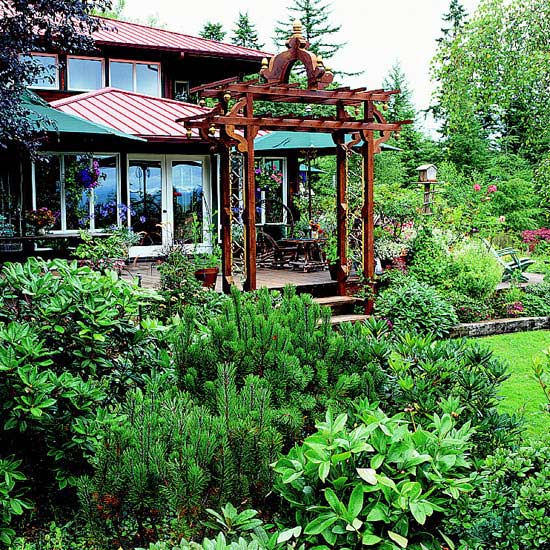
Just bought your first house? Moved to a new location? Tired of the way your yard looks? No matter your reason for wanting a fresh look, landscape layout is not difficult. It's simply a matter of thinking about how you want to use your property, then incorporating beauty and utility into your design. With a plan in hand, you can do it yourself or hire a professional to transform your ideas into reality.
Get even more DIY landscaping tips.
Think of landscape layout as a trouble-shooting and problem-solving process that makes your life better. Just as you would with a kitchen remodel, begin your planning with a list of qualities you want.
Brainstorm your wish list. Landscape changes could include adding privacy screening; dealing with an eroding slope; creating beautiful views from inside the house; digging a new vegetable garden; building a storage shed; or crafting a nicer-looking entry and walkway. At this stage, go wild. It costs nothing to dream, and you can always execute (and pay for!) your plan in stages.
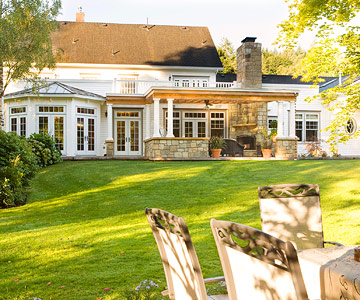
Before you physically add your dream landscape elements, go outside with a notebook to objectively evaluate what's good and not so good about your yard. This site analysis will become your road map for change.
Walk around the perimeter of your property as if you were a stranger, objectively analyzing what you see. Make two lists of your best assets: one for the house and one for the yard. Notice what's behind overgrown shrubs or vines. You may have hidden treasures -- an attractive set of stairs, a brick patio, a lovely view -- already there, just waiting to be noticed.
Concentrate on the details: steps, paving patterns, views toward and away from each area, and locations of doors.
You also need a list of liabilities. Maybe there's an unattractive yard or garage next door. Maybe one of your home's attractive features -- a back entry to the kitchen, for example -- lacks landscaping.
Then think about how to turn that liability into an asset. A featureless back entry may be the perfect location to install a kitchen garden, a patio for entertaining, or a place for the grill.
Note the topography, showing which locations are sloped, sunny, or shaded. Consider sun and wind patterns. The southern or southeastern face of your house provides warming rays in winter and sun all day in summer. In regions where you can spend time outside year-round, those are perfect locations for sitting areas because they're protected from harsh northwestern winds. However, in summer those same spots might be too bright and hot to be comfortable.
Evaluating the landscape as a whole also helps you discover how to alter it so it blends into your surroundings.
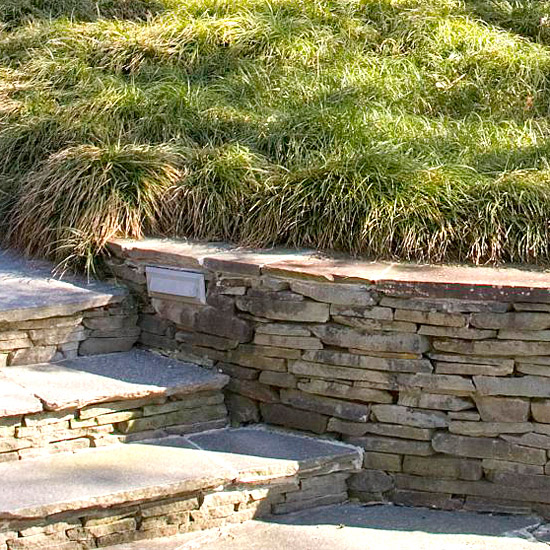
Perhaps you know already what you'd like to do to your landscape. While you're at it, consider these items for your wish list:
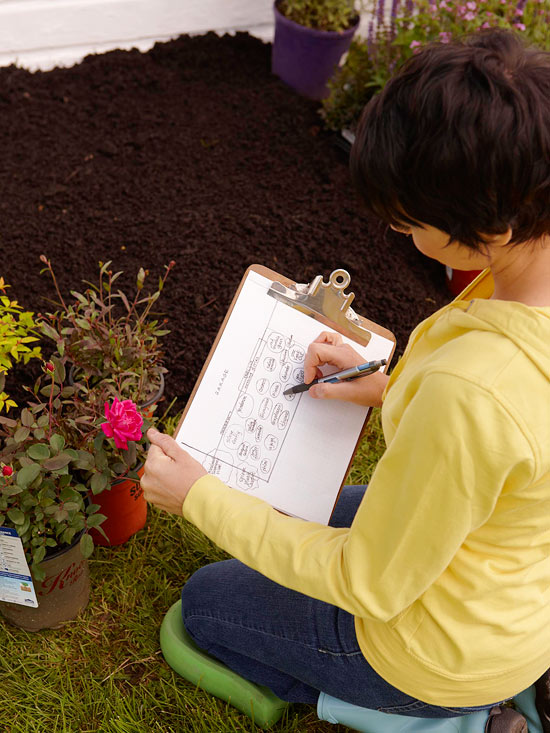
It's time to add sketches to your notes to help you see what's there and generate new ideas so you can select the best options. It's a low-cost way to explore options and prevent costly mistakes.
You can create a base map for your landscape layout either on paper or on your computer with an online program or downloadable application. Either way, it's important to have a visual reminder of your thoughts.
Your base map should show the outside dimensions of your house and the perimeter lines of your property. For a head start on these dimensions, use the plot plan (also called a survey or plat) you received when you bought your home. Many city or county assessors show these online.
On the base map, sketch in existing features that are not going to change, such as the property line, existing trees and shrubs you plan to keep, walkways, walls, outbuildings, fences, and patios. Note the locations of doors, windows, the air-conditioner, utilities, and other services, including septic systems.
When you finish a base plan, make several copies. Or if you're using paper, place tracing paper on top so you can make additions and subtractions without ruining the original.
Now you can begin to play with the landscape layout.
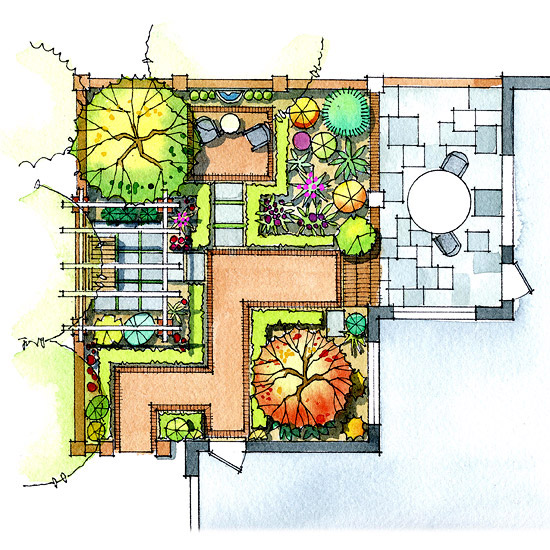
On your base map, draw circular or blobby areas -- bubble diagrams -- to represent the ways you want to use your yard. Label each bubble with its intended use. Do this as many times as you wish; it's a brainstorming activity. Many of your ideas may seem odd or extreme at first, but eventually you'll make the right decisions.
It's easy to move bubbles to different areas and in different configurations and shapes (bubbles don't have to be round!). Don't worry about cost at this point. Just let the ideas flow.
Your bubbles might include screening the view of the neighbor's yard, pathways, new flowerbeds, a patio, and a location for the kids' swing set. It may show where you want to plant trees and shrubs, or where you want them removed or lighted.
When you've placed your bubbles in the best spots, make a new, clean, final drawing. This is your design concept. It should include every decision you've made. Each of these bubbles represents one project or phase of your landscape plan.
By referring to the design concept every time you begin one of the projects, your landscape-layout vision will remain cohesive and the final results will reflect a well-thought-out plan.
Learn more about assessing your landscape needs.
Get more tips on evaluating your yard.
Find more about mapping your yard.
Copyright © www.100flowers.win Botanic Garden All Rights Reserved